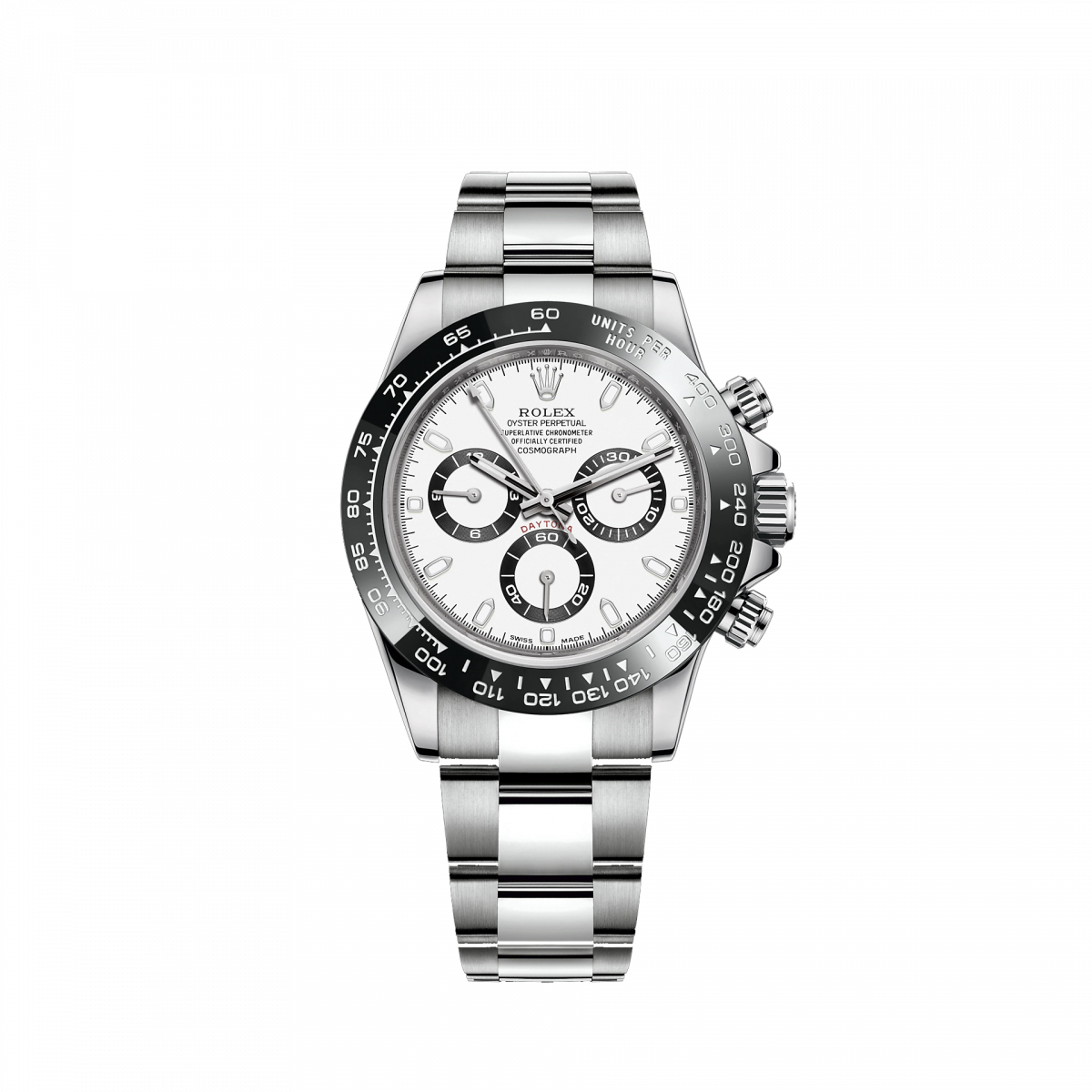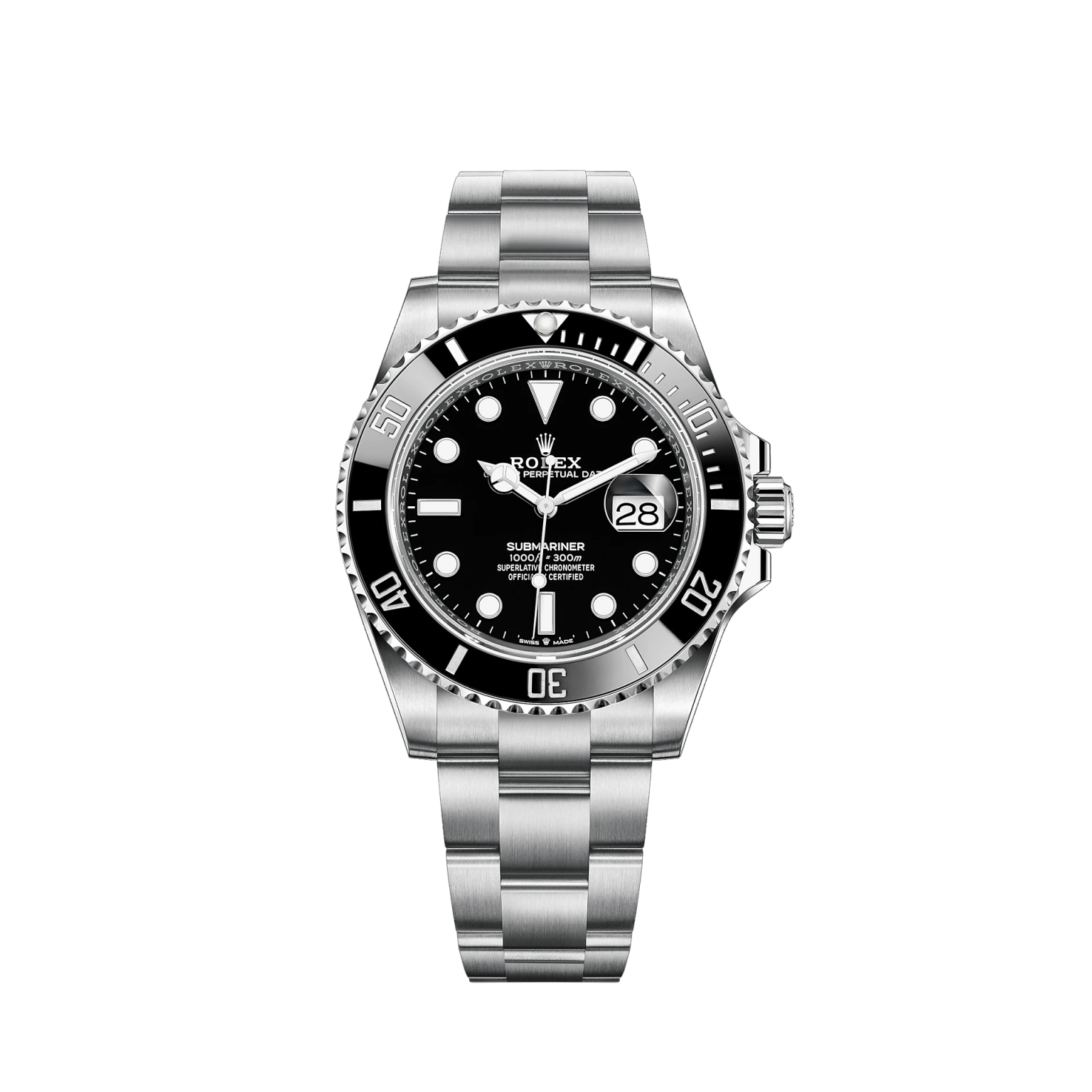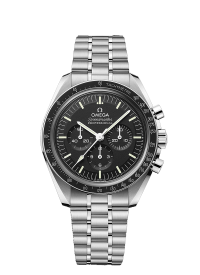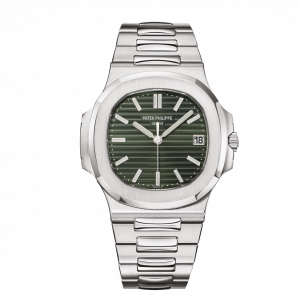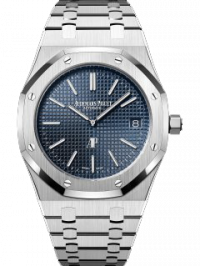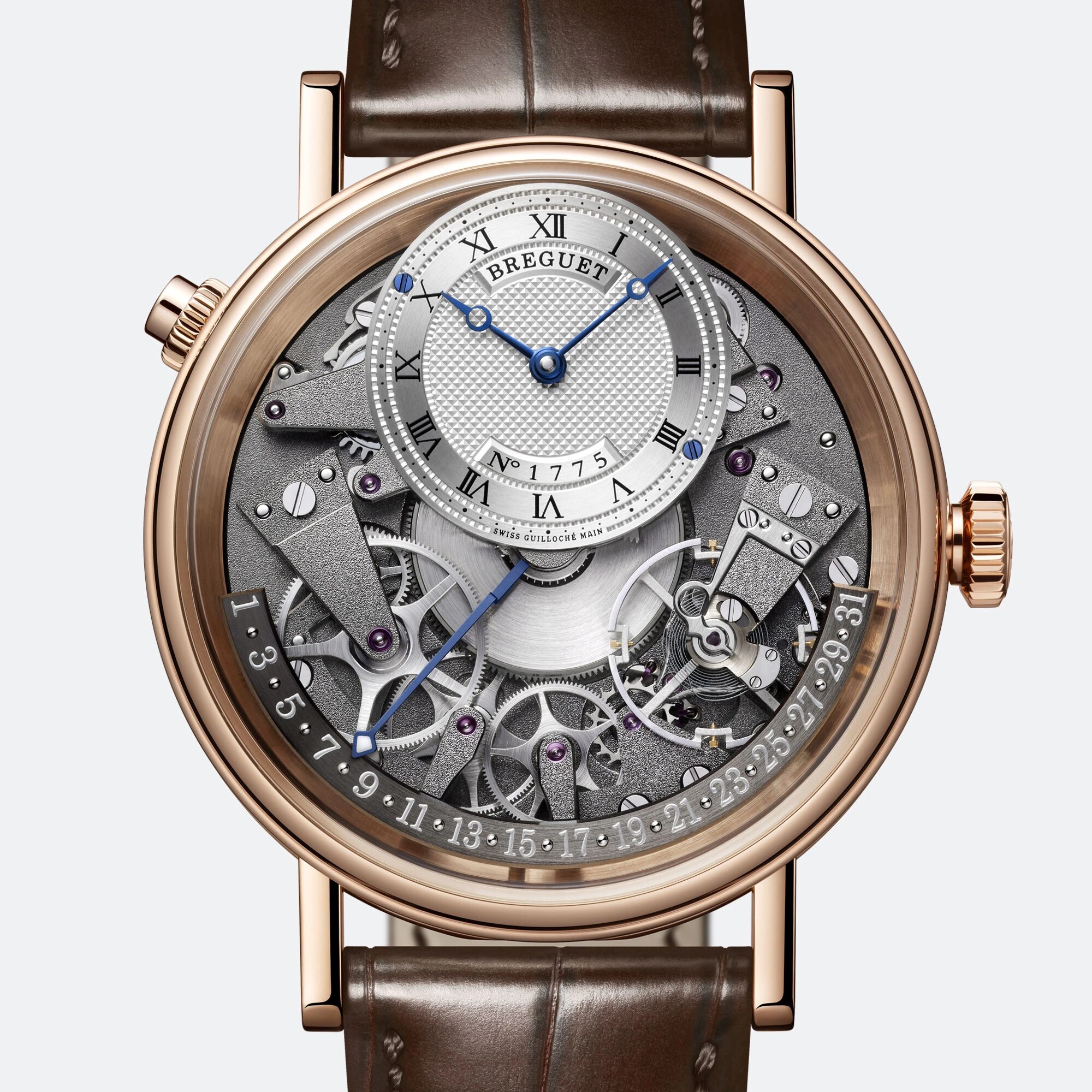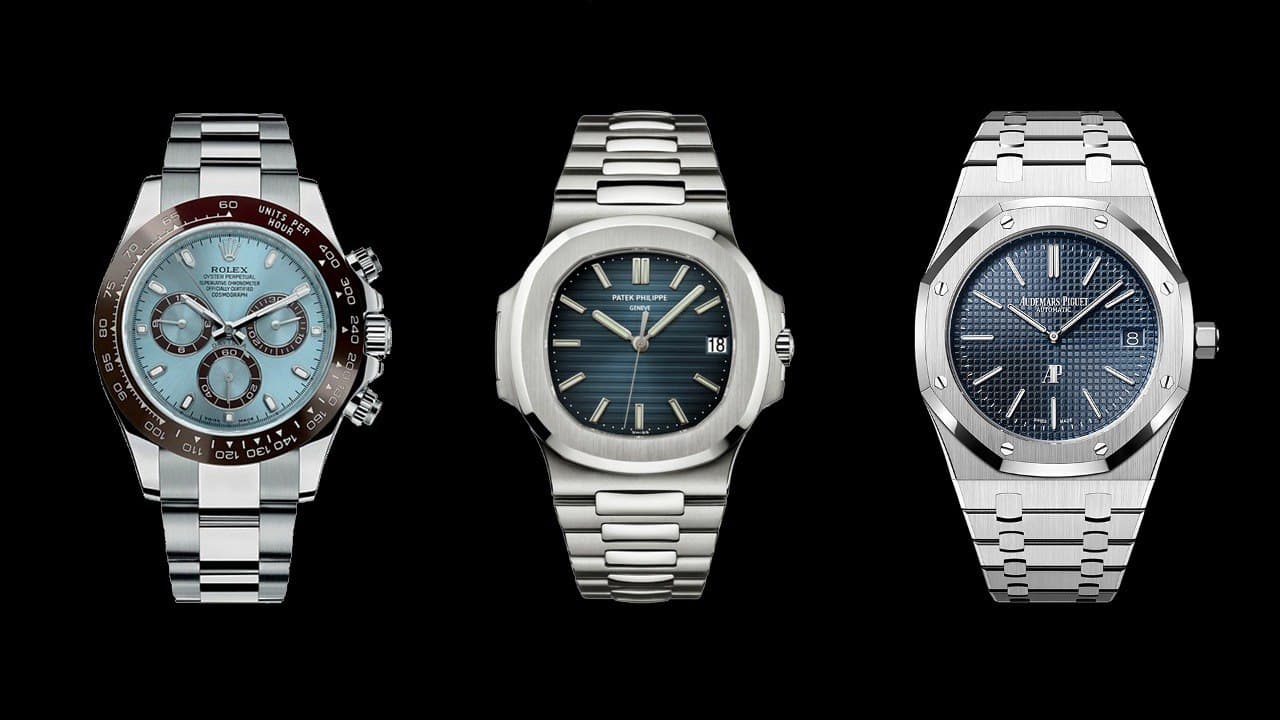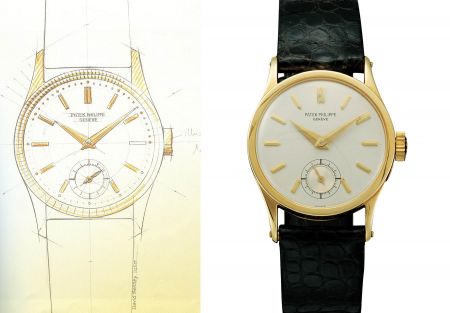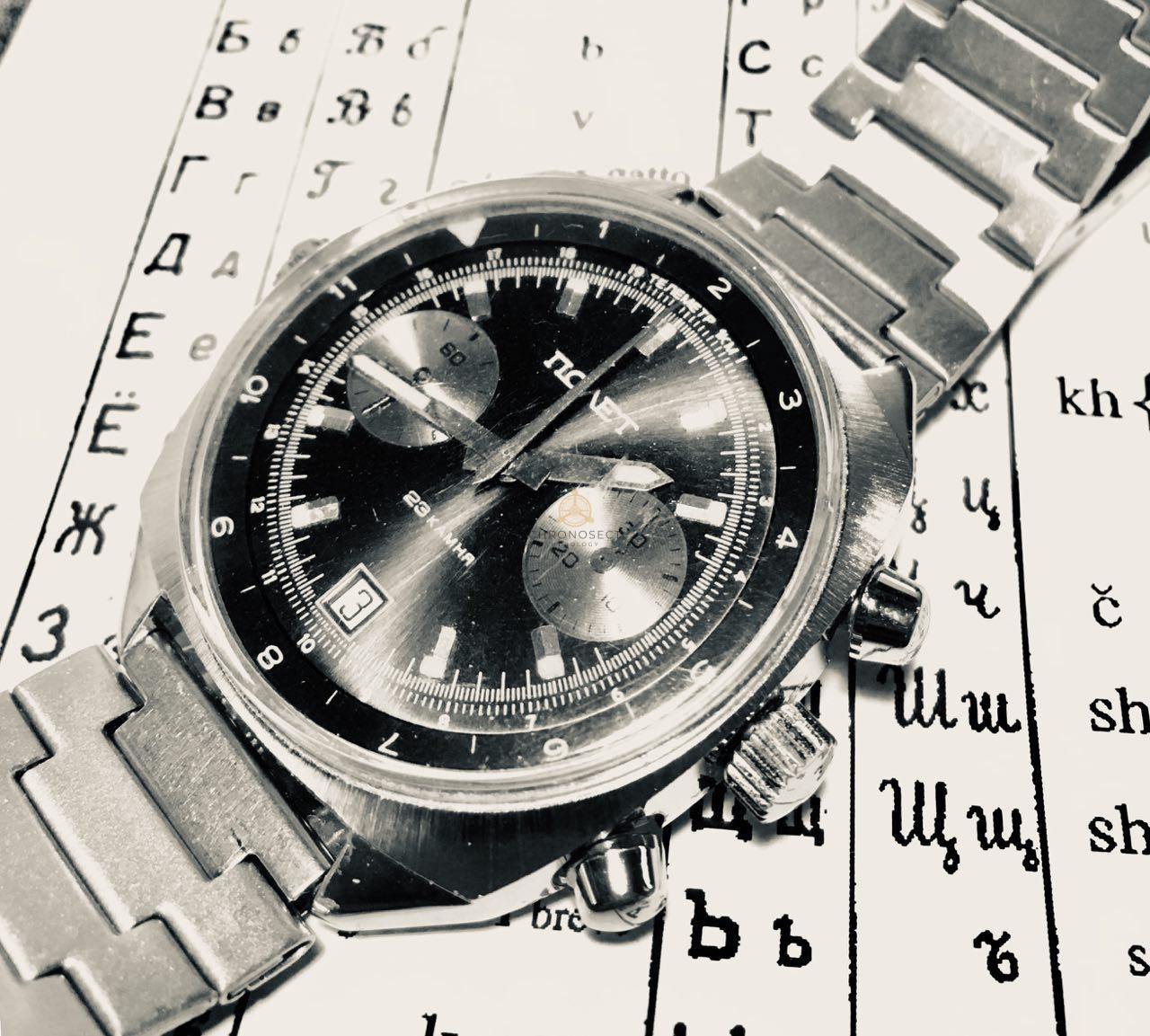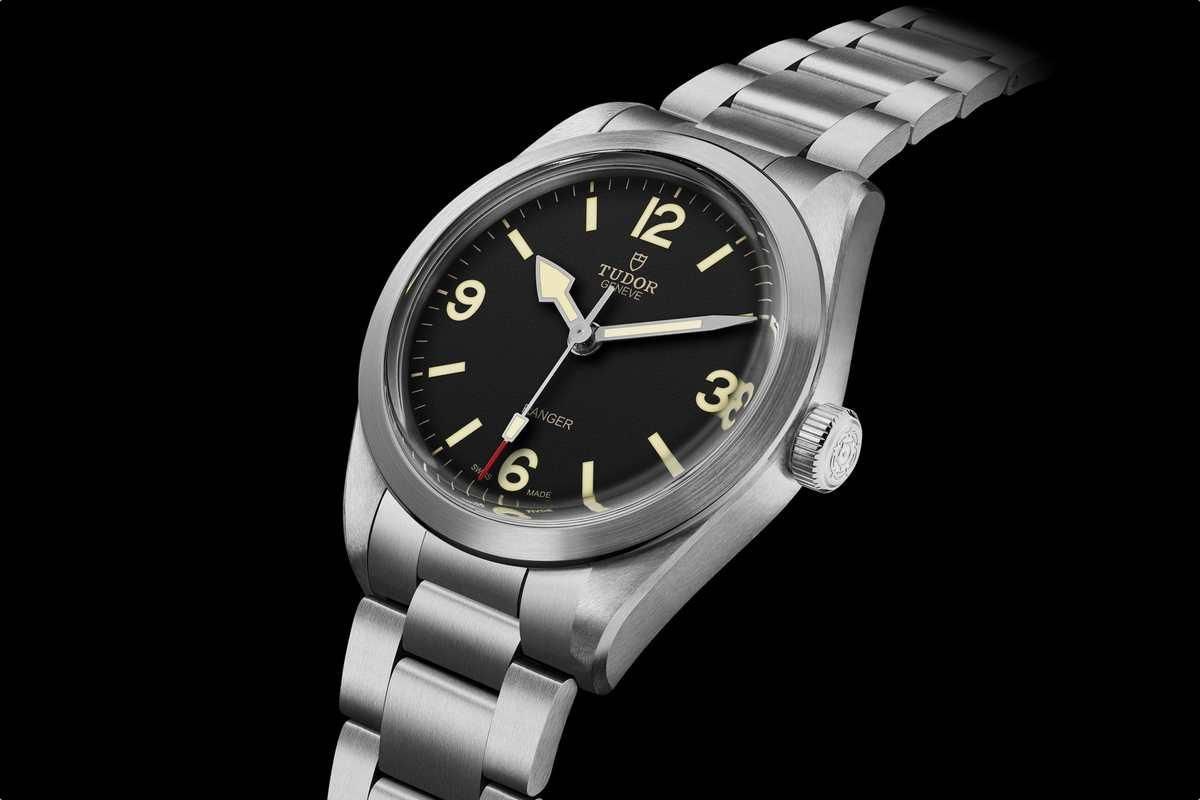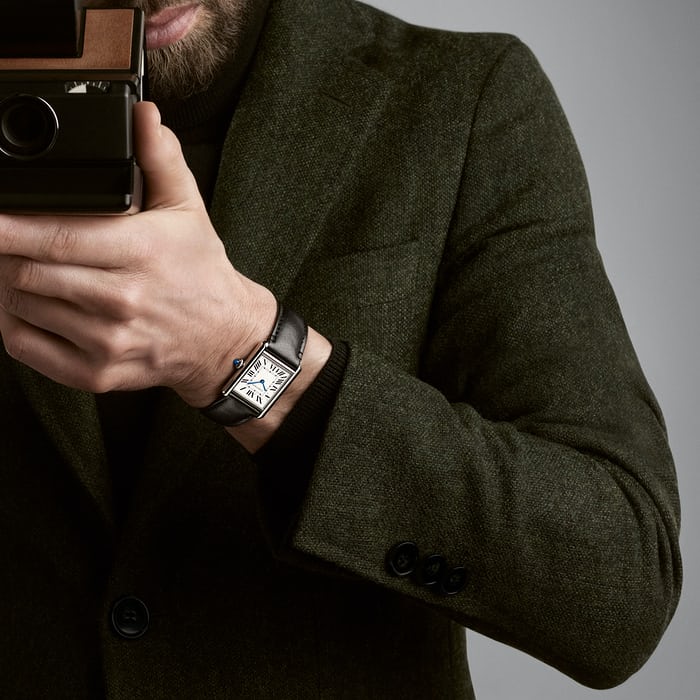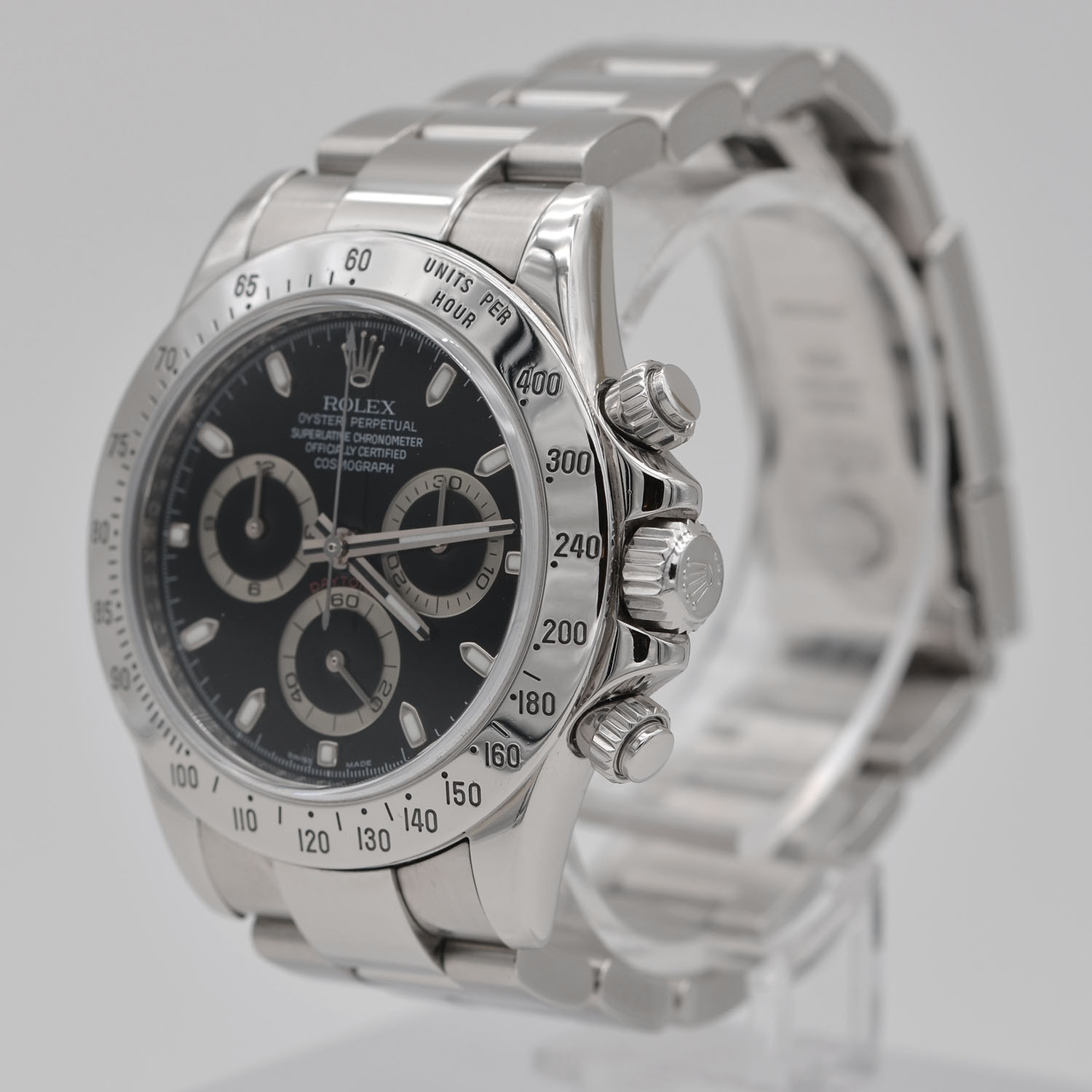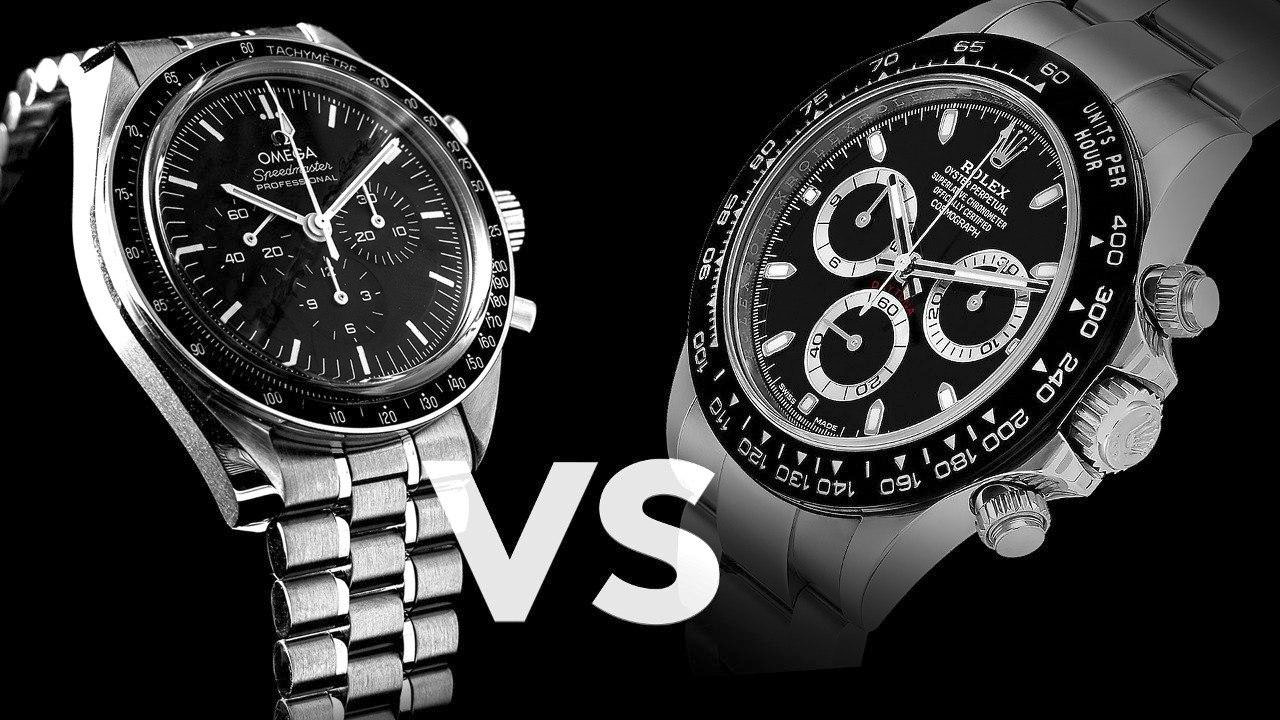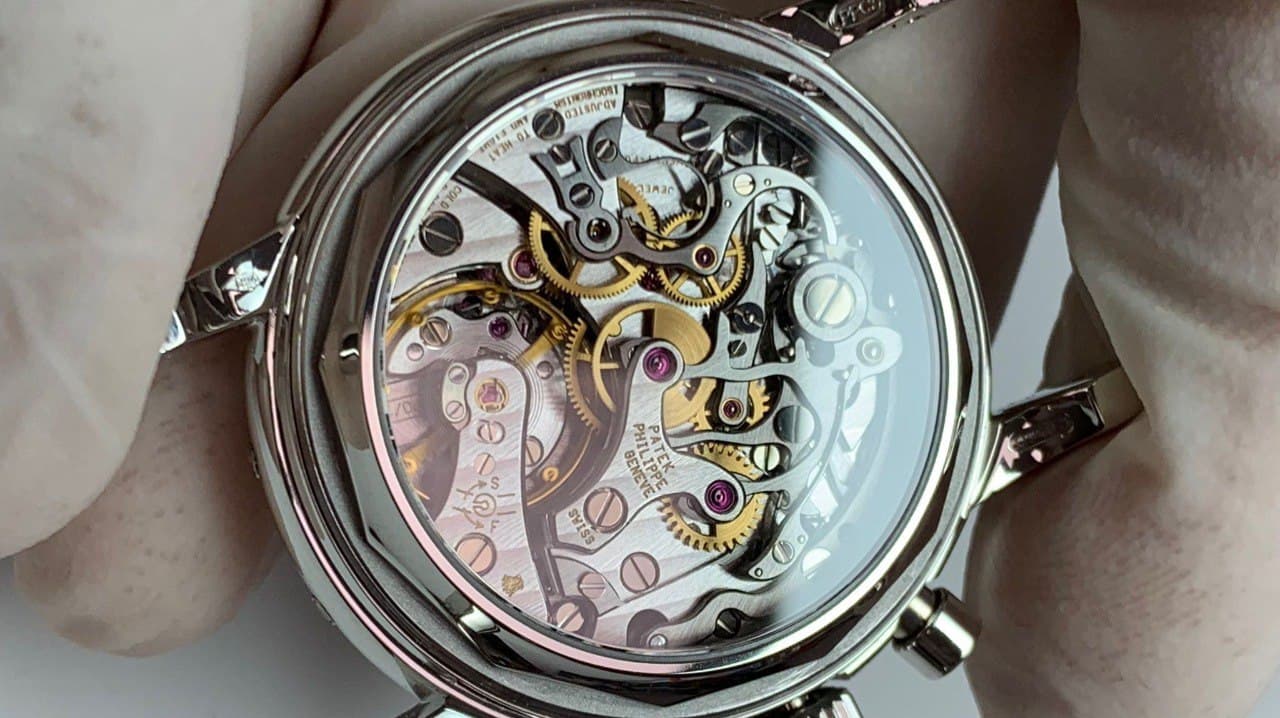Dr. N.
Diving watches represent a real must in contemporary watchmaking. Yet once upon a time it wasn't like this. Diving watches were considered specialist tools for diving professionals, certainly not an object to show off. Yet today, almost no luxury watch company is without one diver in its range.
So let's find out the reasons why these watches, initially niche, then increasingly appreciated, have now become indispensable for many manufacturers.
Let's also see how they managed to contaminate other areas of watchmaking with their own stylistic features, first of all the large diameter of the case.
Diving watches: the beginnings
In the XNUMXs and XNUMXs, the sport of scuba diving began to gain traction internationally. For their activity, marine exploration enthusiasts require robust, reliable, easily legible timepieces capable of resisting water and shocks.
The need to offer these technical characteristics – in particular, readability under water and resistance to high pressures – leads the manufacturers of the first diving watches – the Blancpain Fifty Fathoms, the Rolex Submariner, the Omega Seamaster – to produce watches having a diameter around 40 millimetres. It is an unusual choice, in a period in which men's wristwatches are between 34 and 36 millimeters in diameter, but necessitated by the aforementioned technical needs.
The bet of the diving watch manufacturers is not particularly risky, for a simple reason: they are watches that go against the widespread taste of the time to satisfy the needs of a niche of users: something that, in our era of cautiously planned and accurate investments building the brand's image may seem strange to us, but we must not forget that, before the quartz era, the mechanical watch was not a luxury, but a necessity. Making products intended for very specific uses was normal for manufacturing companies in that period.
At the time of their introduction, therefore, diving watches are certainly not expected to be appreciated by the general public. Yet this happens. For what reason? The promotion of the diving watch as a robust and at the same time refined timepiece certainly has a notable role, thanks to the character of James Bond played by Sean Connery.
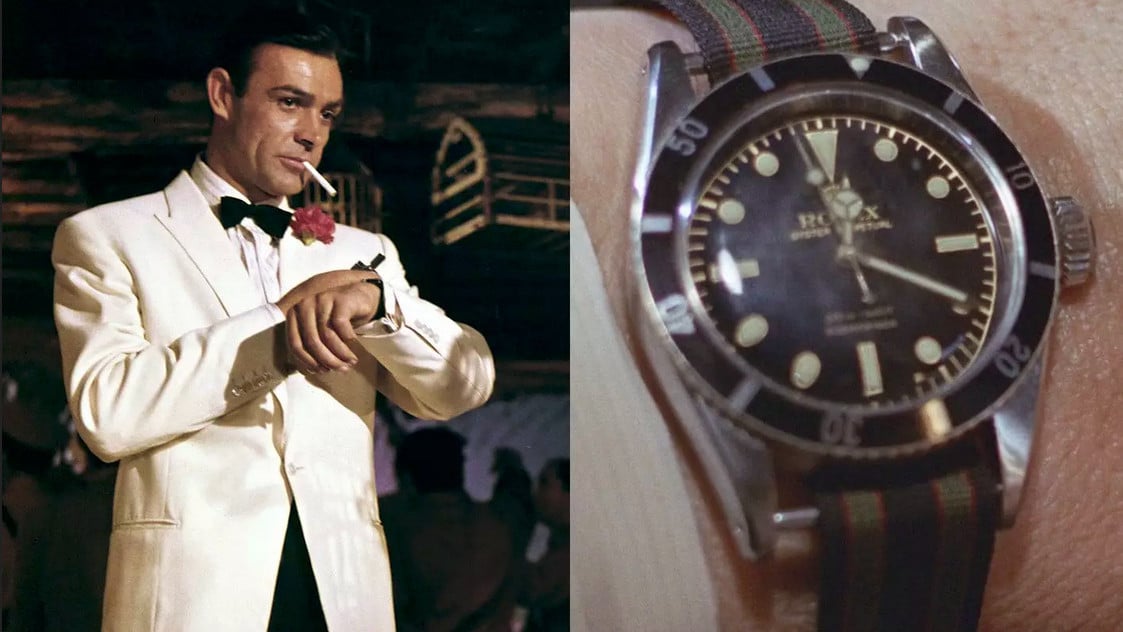
Despite the success of the Rolex Submariner, partly due to the image conveyed by the successful 007 film series, partly to Rolex's careful promotional campaign, and of course to the intrinsic qualities of the watch, the distinction between sports watches and elegant watches remains.
The Seventies: the change in tastes begins
In the Seventies, two major high-end watch brands launched two timepieces destined to transform our perception of luxury and sportiness in watchmaking. Naturally we talk about Patek Philippe Nautilus and Royal Oak by Audemars Piguet . Both the result of the brilliant creativity of Gerald Genta, both revolutionaries in combining elegance and sportiness in a luxury watch, they mark the arrival of large diameters in the restricted category of haute horlogerie.
For the first time, a high-end watch is made of steel, is water-resistant, bears a large brand name on the dial, and exceeds the conventional diameters of elegant watchmaking.
However, this very important step It does not yet lead to the disappearance of traditional dress watches. We are in fact faced with a juxtaposition, rather than a replacement: on the one hand, the classic 34-36 millimeter formal watches, on the other these new luxury timepieces, which come to measure 42 millimeters in the case of Patek Philippe Nautilus Jumbo, but which retain a traditional characteristic of elegant watches, in addition of course to the refinement of execution: the reduced thickness. A Nautilus, on the wrist, it disappears to the touch, thanks to the careful study of the shape of the case, which is just a little thicker than the bracelet.
However, the decisive step towards making a massive and imposing watch socially acceptable was taken in the XNUMXs.
The XNUMXs and XNUMXs: oversized watches took hold
It was only in the nineties that watches such as the Panerai Luminor or Royal Oak Offshore by Audemars Piguet they establish themselves as a new social phenomenon. Also aided in this case, as happened at the dawn of the era of diving watches, by famous users - Sylvester Stallone in the case of the Panerai, Arnold Schwarzenegger in the case of the Offshore - these imposing timepieces over 15 millimeters thick and 44 millimeters wide become, if not the new normal, at least accepted in good society.
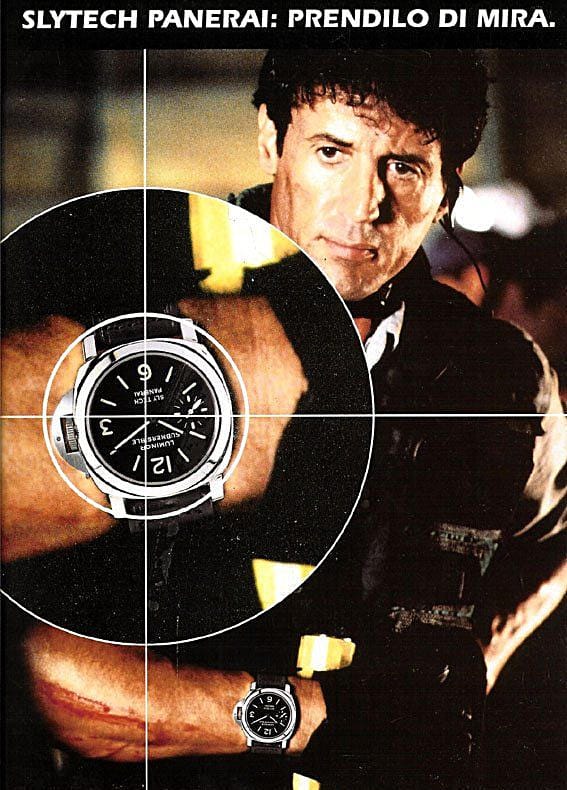
So the circle closes: the diving watches which started to become popular thanks to Sean Connery come to be almost normal, further grown in size, with Sylvester Stallone.
But the change brought about by diving watches is not limited to their scope. After the XNUMXs, all timepieces were affected by the increase in case size triggered by the diver.
An example of the trend of increasing size is the range Rolex Datejust, for a long time the reference among “everyday” luxury watches: timepieces suitable to be worn throughout the day, at ease at an elegant dinner or on an outdoor walk. This classic of contemporary watchmaking has long endured in its traditional size, the 36 millimeters which for decades has represented the normal diameter of an elegant wristwatch. In 2009, Rolex, with the introduction of the Datejust II, expands the range Datejust, combining the usual 36 mm with a version with a full-bodied diameter of 41 mm. It is certainly not the only example, we could make many others and indeed, perhaps it is even a surprise that Rolex has chosen to keep the "small" version of the Datejust. But it is symptomatic that a company that makes stylistic continuity its hallmark has decided to create what is perhaps its most representative watch in such a large diameter.
We draw conclusions
The watch today is decidedly larger and more massive than in the past. The trend towards increasing dimensions, which began with the first diving watches, seems to have no crisis. Today, a diameter under 40 millimeters is considered “compact”.
For those who love watches as an object of technical, as well as stylistic, research, the large diameter may appear to be a shortcut compared to the virtuosity of the fifties and sixties, when attempts were made to create ever thinner and more compact watches, working to make the movements less thick. and finding the right balance between structural robustness and slimness of the case.
For those who consider the watch a way of asserting their personality or a means of "starting a conversation", the large diameter can be an advantage.
Finally, there remains the last category, which we have overlooked so far, that of watches whose large diameter is dictated by the need to accommodate particular complications, for example the minute repeater, which can benefit from a greater sound from an enlarged case. Or i diver truly professional, which without an oversized case would not be able to withstand the strong pressures resulting from a dive to great depths. In these cases, nothing quaestio: form follows function and is justified by it.
And you, what do you think of large diameter watches?
If you liked this article, say it in the comments, subscribe to the Chronosect Newsletter (at the bottom of the home page) and read our Shops!


